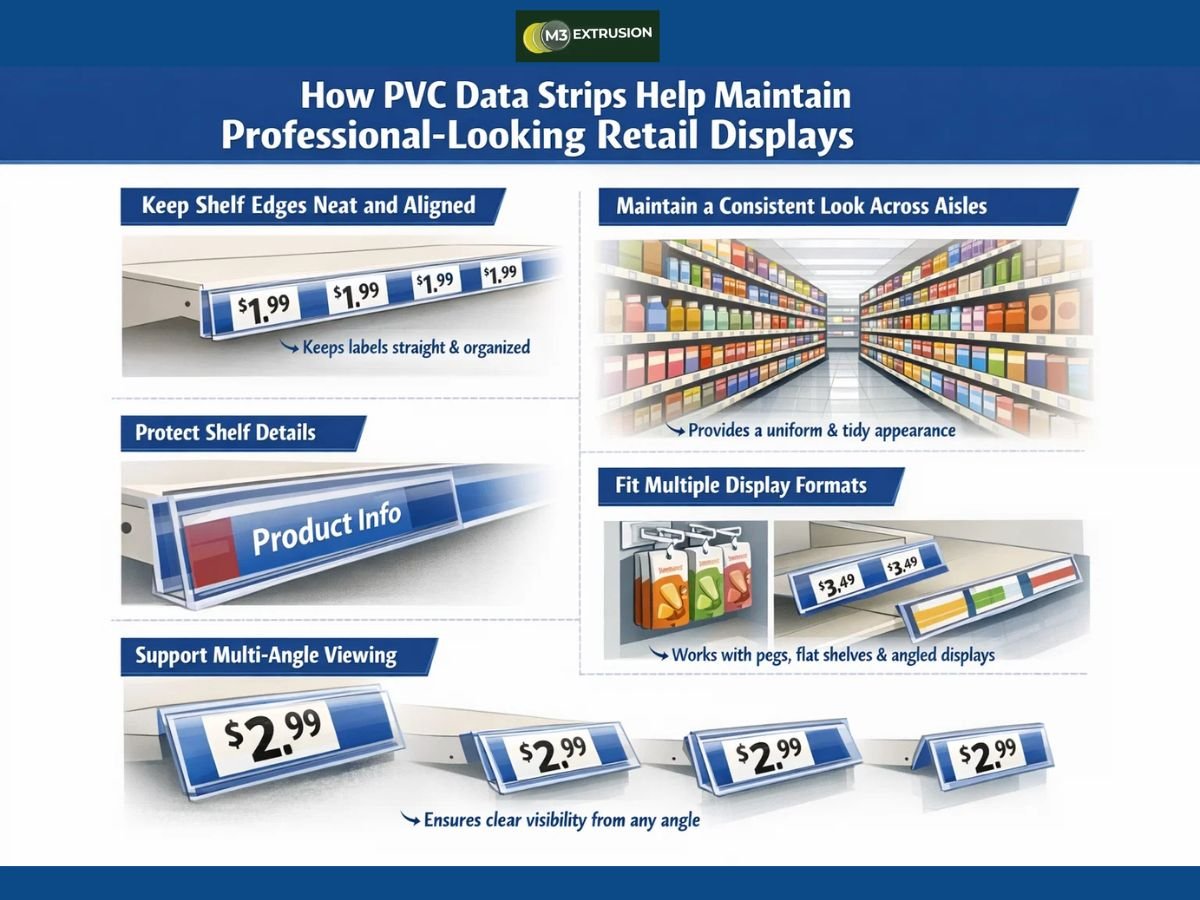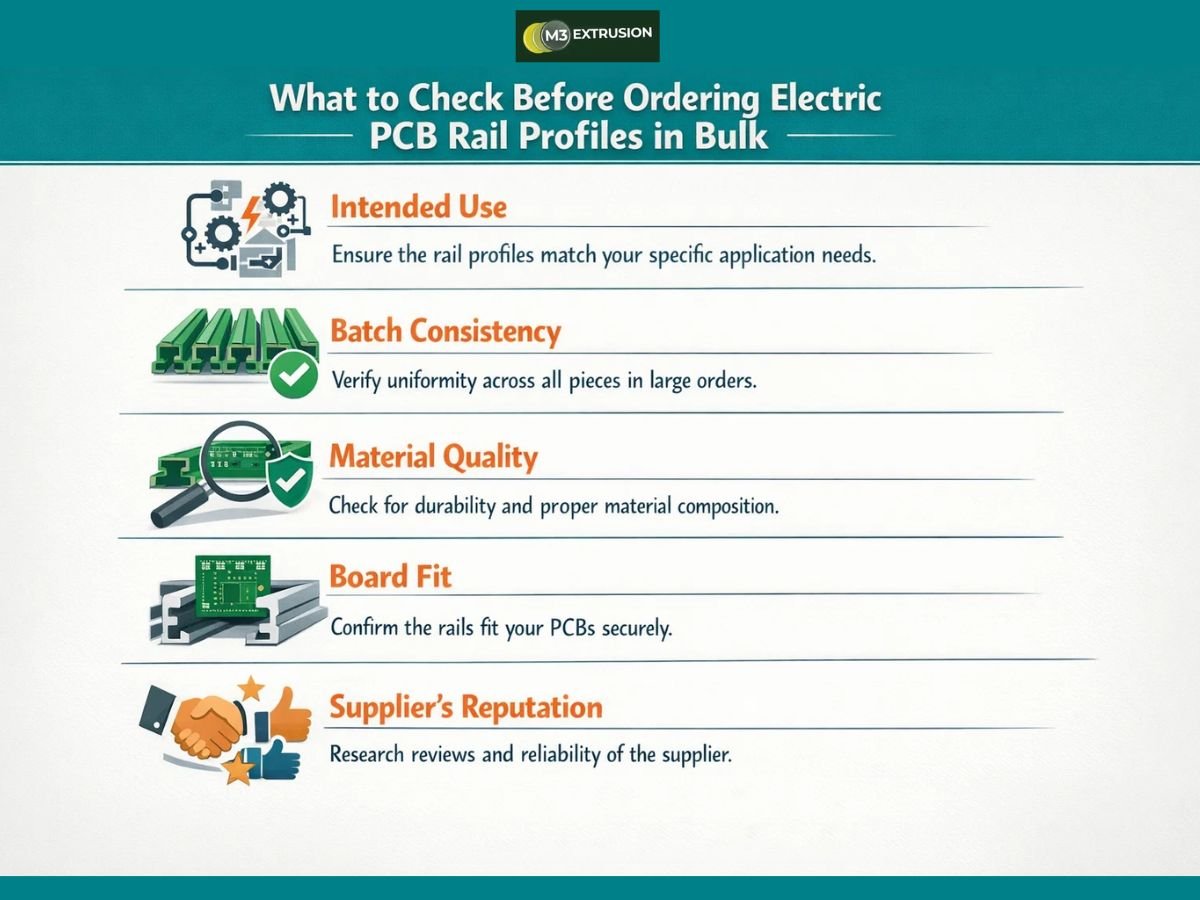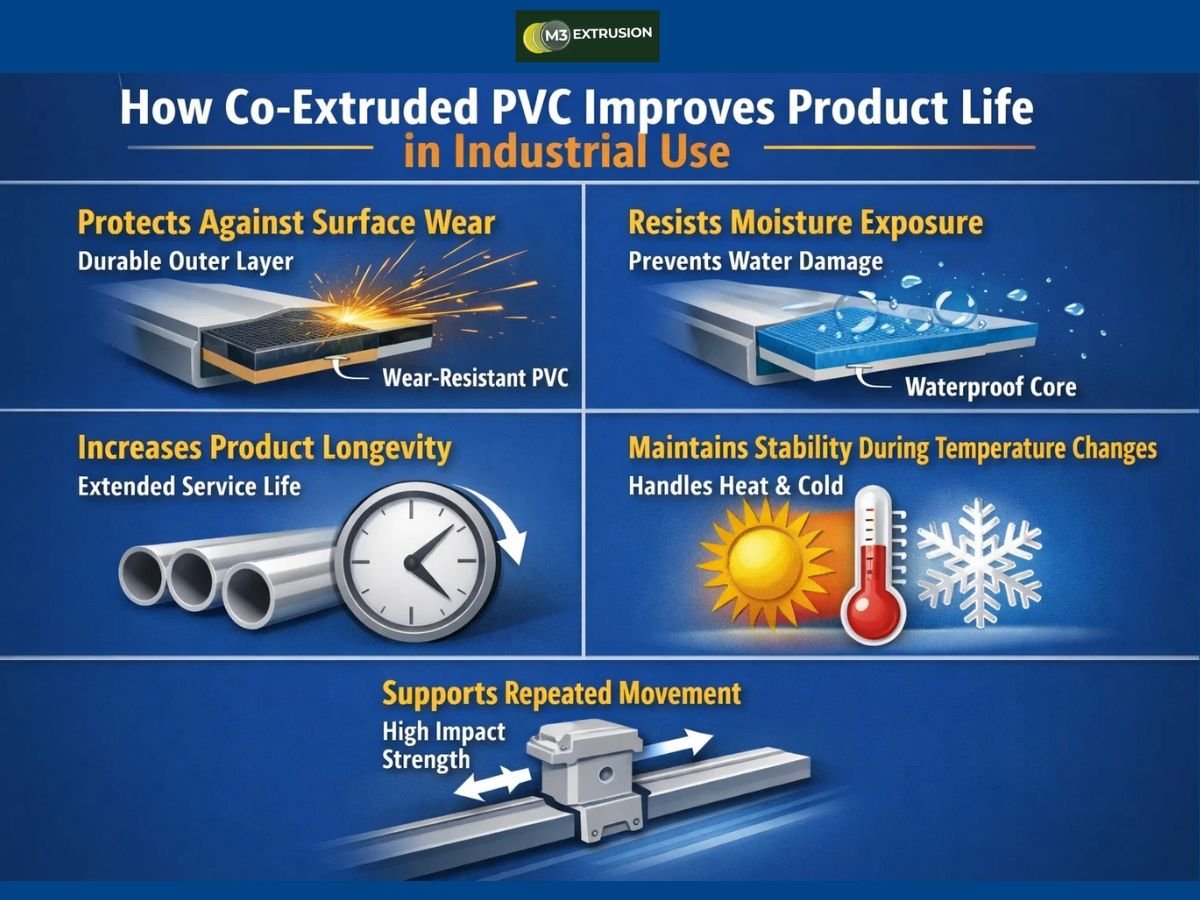Efficient and reliable control panels are the backbone of industrial automation and electrical systems. Electric PCB rail profiles in India have become essential for manufacturers and electrical engineers seeking to reduce maintenance time, improve safety, and ensure long-lasting performance. By integrating these profiles into panel design, businesses can achieve precise alignment, secure connections, and faster assembly or replacement of components.

With industrial operations running 24/7, minimizing downtime is critical. PCB rail profiles not only simplify installation but also support modular design, making maintenance quicker and reducing the risk of errors.
What Are Electric PCB Rail Profiles?
Electric PCB rail profiles are extrusion-based or modular rail systems designed to hold printed circuit boards (PCBs) securely within control panels, distribution boards, and electrical enclosures.
Key features of electric PCB rail profiles:
- Durable and heat-resistant materials
- Precise dimensions for easy PCB insertion and removal
- Resistance to vibration and electrical interference
- Compatibility with standard control panel components
These profiles improve structural integrity, reduce the likelihood of PCB damage, and allow for efficient upgrades or replacements.
1. Industrial Applications of PCB Rail Profiles
PCB rail profiles have a wide range of applications in electrical and industrial sectors:
a. Control Panels
- Holding multiple PCBs in power distribution systems
- Ensuring easy access for maintenance and upgrades
- Reducing downtime during routine inspections
b. Automation Equipment
- Securing PCBs in robotic controllers and PLC systems
- Facilitating modular replacements for complex industrial machinery
c. Electrical Cabinets and Switchgear
- Supporting distribution boards and control units
- Providing stability and alignment for sensitive electronic components
d. Renewable Energy Installations
- Used in solar inverters and wind turbine control systems
- Protects PCBs from vibration, dust, and environmental stress
Example: In a manufacturing plant, PCB rail profiles allow technicians to remove or replace a faulty board within minutes rather than hours, keeping production lines operational.
2. How PCB Rail Profiles Reduce Maintenance Time
a. Quick and Modular Installation
Profiles allow PCBs to be snapped into place without additional fasteners, reducing installation time. Modular design ensures that individual boards can be replaced without disassembling the entire panel.
b. Simplified Troubleshooting
- Clear separation between boards reduces risk of short circuits
- Easy identification of faulty components speeds up repairs
- Reduces errors caused by incorrect connections
c. Improved Safety
- Profiles provide insulation and prevent contact with live parts
- Reduces risk of accidental electric shock or component damage during maintenance
d. Consistent Alignment
- Maintains uniform spacing between PCBs
- Minimizes stress on connectors and components
- Prevents mechanical strain that can lead to premature failure
Fact: Modular PCB rails can cut maintenance time by up to 40%, enabling technicians to perform preventive and corrective maintenance more efficiently.
3. Design Considerations for PCB Rail Profiles
When selecting and designing PCB rail profiles, several factors impact performance:
- Material Selection: Choose heat-resistant and durable plastics or metals to withstand industrial conditions.
- Profile Dimensions: Ensure width, height, and spacing match PCB sizes for secure placement.
- Mounting Method: Consider snap-fit, screw-fit, or clip-in designs based on panel accessibility.
- Environmental Resistance: Select profiles resistant to dust, moisture, chemicals, and UV exposure.
- Load-Bearing Capacity: Profiles must support the weight of PCBs and attached components without bending or warping.
4. Installation and Maintenance Best Practices
- Plan Layout: Arrange PCBs for easy access and logical routing of wiring.
- Label Boards: Identify PCBs clearly to simplify troubleshooting.
- Use Modular Rails: Modular systems reduce disassembly time during upgrades or replacements.
- Regular Inspections: Even with profiles, periodic checks help detect wear or misalignment before failure occurs.
- Training: Educate maintenance personnel on profile handling and modular removal techniques.
Tip: Learn more about Why Electric PCB Rail Profiles Are a Must-Have for Safe and Efficient Power Distribution to explore detailed insights into design and operational benefits.
5. Long-Term Benefits
- Reduced Downtime: Faster replacement and maintenance mean fewer production halts.
- Improved System Reliability: Secure mounting and vibration resistance extend PCB lifespan.
- Cost Savings: Less labour, fewer replacement parts, and lower operational downtime reduce expenses.
- Scalable Solutions: Modular rail profiles allow expansion or upgrades without complete redesigns.
Example: In an industrial automation facility, replacing outdated PLC boards using modular PCB rails reduced downtime from eight hours to just under three hours per maintenance cycle.
6. Problem-Solving Applications
PCB rail profiles address several common challenges in industrial settings:
- Complex Panel Assembly: Modular rails simplify insertion and removal of multiple boards.
- Component Damage: Profiles provide support and spacing to prevent bending or connector strain.
- Error Reduction: Consistent alignment and spacing reduce wiring mistakes and short circuits.
- Upgrade Flexibility: Easy replacement of individual boards without affecting other components.
7. Industry Case Studies
Automotive Manufacturing
- PCB rail profiles help maintain assembly lines with electronic controllers.
- Reduced downtime improved productivity by 15% during peak operations.
Renewable Energy Systems
- Solar inverter panels with modular PCB rails experienced fewer failures from vibration and thermal stress.
- Maintenance time dropped significantly during periodic inspections.
Industrial Automation
- Robotic control panels with rail-mounted PCBs allow rapid replacement of malfunctioning boards without stopping production lines.
8. Market Trends in India
The Indian industrial and electrical sectors are increasingly adopting electric PCB rail profiles in India due to:
- Growing automation and smart factory initiatives
- Expansion in renewable energy installations
- Rising demand for modular, scalable, and low-maintenance panel solutions
Fact: Manufacturers supplying PCB rail profiles in India are focusing on modular designs and heat-resistant materials to meet rising industrial standards and safety regulations.
Quick Answer: Why Use PCB Rail Profiles?
Electric PCB rail profiles in India provide durable, modular support for printed circuit boards, making control panels safer and easier to maintain. They reduce downtime, simplify replacements, and protect sensitive electronics in industrial systems.
FAQs About Electric PCB Rail Profiles
- What are electric PCB rail profiles?
They are extrusion-based or modular rails designed to hold PCBs securely in control panels, ensuring alignment, insulation, and easy maintenance. - Which industries use PCB rail profiles in India?
Industries including manufacturing, automation, electrical panels, renewable energy, and switchgear rely on these profiles for reliable PCB mounting and maintenance efficiency. - How do PCB rail profiles reduce maintenance time?
Profiles allow quick, modular installation and removal of PCBs, simplify troubleshooting, and prevent mechanical stress, reducing repair time and operational downtime. - Are PCB rail profiles durable?
Yes. Made from heat-resistant plastics or metals, they withstand industrial conditions, vibration, and electrical stress while protecting sensitive components. - Can they improve safety in control panels?
Absolutely. Profiles provide insulation, prevent accidental contact with live parts, and maintain PCB spacing, reducing electrical hazards during maintenance. - Are these profiles suitable for bulk industrial projects?
Yes. Modular and standardised PCB rail profiles support large-scale installations, ensuring consistent quality and simplified maintenance across multiple control panels.
Conclusion
Electric PCB rail profiles in India have become indispensable for industrial and electrical applications, offering modular support, durability, and safety. By reducing maintenance time and simplifying PCB replacement, they help manufacturers and maintenance teams improve operational efficiency. Their adaptability, cost-effectiveness, and reliability make them essential in modern control panels, renewable energy systems, and industrial automation setups.



